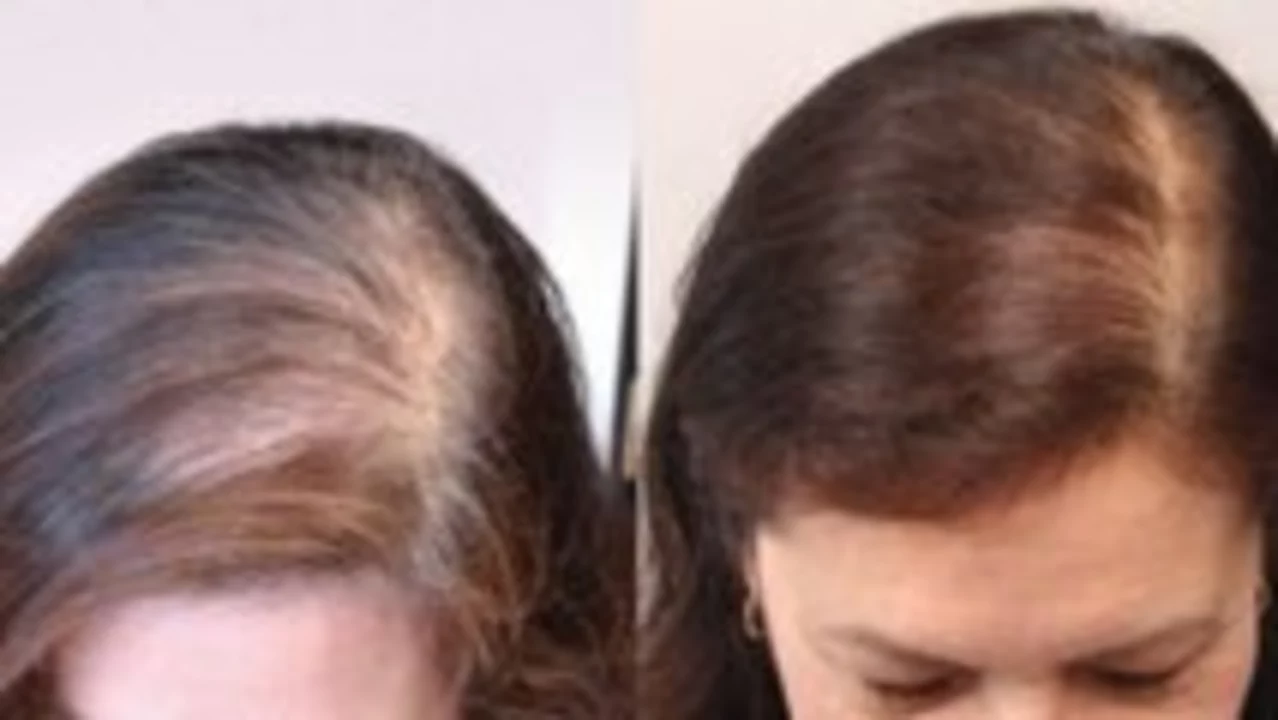Minoxidil and Finasteride: What Works, What to Expect
If you’re losing hair and want plain facts, this page lays out how minoxidil and finasteride work, how to use them, and what results look like. These two are the most common treatments for male-pattern hair loss. One helps roots grow stronger, the other slows the hormone that shrinks hair. Many people use both together for better results.
How they work and who should use them
Minoxidil is a topical solution or foam you apply to the scalp. It boosts blood flow and can wake up thinning hairs. It’s available over the counter and works for men and women, though strength and guidelines differ by sex. Finasteride is a daily pill (usually 1 mg) that lowers DHT, the hormone that miniaturizes hair follicles. Finasteride needs a prescription in most places and is typically recommended for men only—women who are pregnant or might become pregnant should not handle crushed or broken tablets.
Who should try them? If you have early to moderate androgenic hair loss, both can help. Minoxidil can be started without a doctor visit, but check with a clinician if you have scalp conditions or use other topical meds. For finasteride, see a clinician first—discuss benefits, sexual side effects, and whether it’s a good fit for you.
How to use them, timeline, and safety tips
Use minoxidil exactly as directed. For liquid, that usually means 1 mL twice a day; for 5% foam, a half-capful once or twice daily depending on instructions. Apply to a dry scalp, rub in gently, and wash hands after. Expect an initial shedding phase in the first 4–8 weeks—this is normal as weak hairs fall to make way for stronger ones. Most people see visible improvement after 3–6 months; meaningful regrowth often takes up to a year.
Finasteride is taken once daily with or without food. It can stop further loss within 3–6 months for many users, and regrowth may appear after 6–12 months. If you stop either treatment, gains usually reverse within months. Combine the two for better odds: finasteride reduces the hormone damage while minoxidil stimulates growth.
Watch for side effects. Minoxidil can cause scalp irritation or unwanted facial/body hair. Finasteride can cause decreased libido, erectile issues, or mood changes in a small number of users—talk to your doctor if you notice these. Pregnant women must avoid handling finasteride tablets.
Buying tips: get finasteride from a licensed clinic or pharmacy and keep records. For minoxidil, use reputable brands and avoid suspiciously cheap imports that lack clear labeling. Always check pharmacy credentials if buying online.
If you want faster or different results, ask your clinician about PRP, low-level laser therapy, or transplants—these can complement medical treatment. Start with realistic goals: thicker hair and slowed loss, not a full return to a teenage hairline. Talk with a clinician to pick the safest, most effective plan for you.

